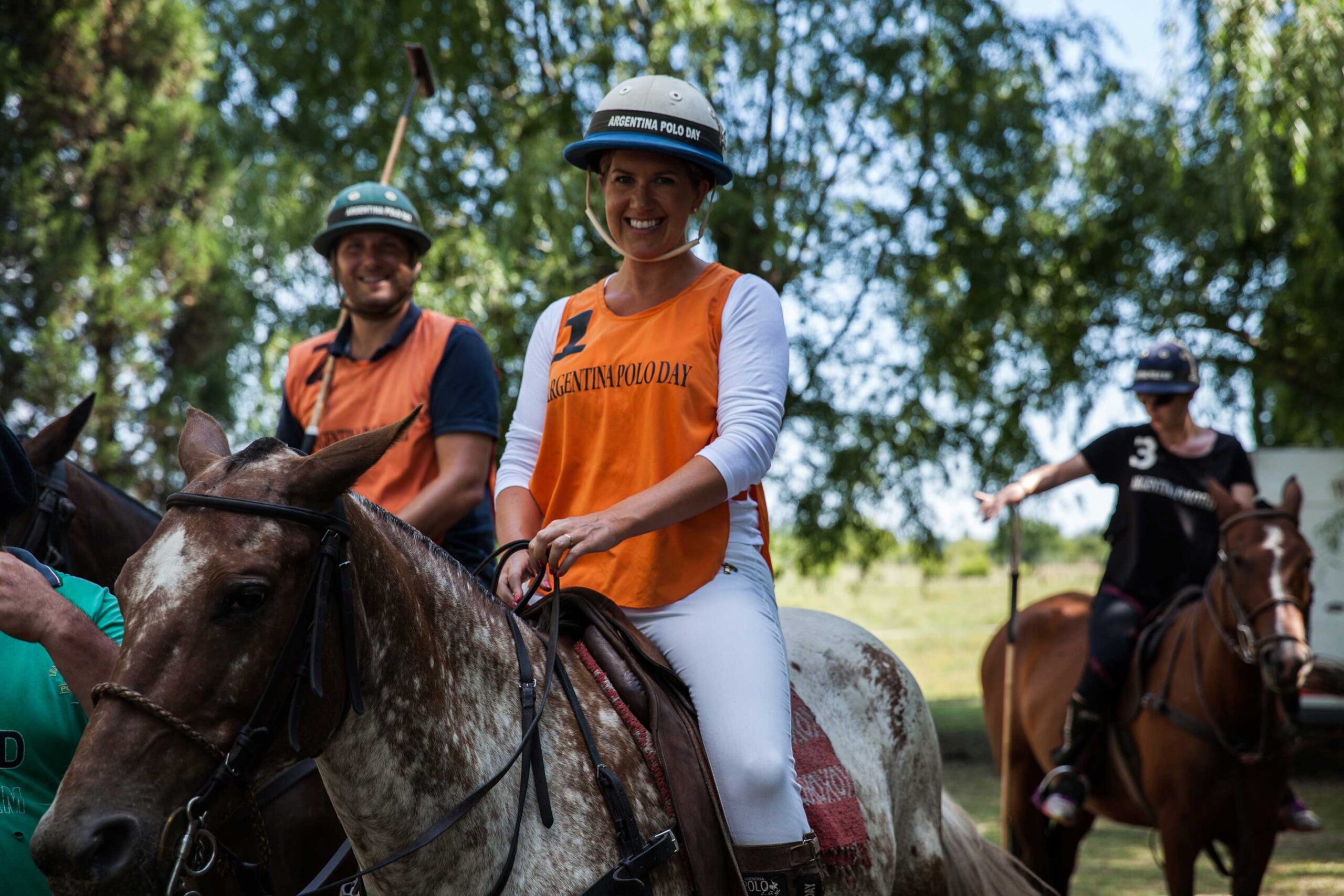To Handle a Horse, the first step is to know its name, and then be perceptive to understand what it wants to communicate through its body posture and the sounds it makes.
To guide the horse, a combination of voice commands, leg touches and good handling of the reins is required to correctly indicate what to do. This is why communication with the horse is crucial. The reins, in particular, require brakes, called in Spanish bocado or mordedor, whose part of the equipment is located in the horse’s mouth, and this indicates where to turn, and when to brake.
The brakes are usually made of iron or steel, and even some rubber, and the most important thing is to get the right one so that the horse feels comfortable, because if the right one is not chosen it can lead to physical problems in the horse.
It is important then to be attentive to how the horse reacts with the use of the bridle, and how it feels, and to take into account the level of training that the horse has, to level the demand that we give him, so that he can be calm and light in the gait, and you to be able to have a great experience.




